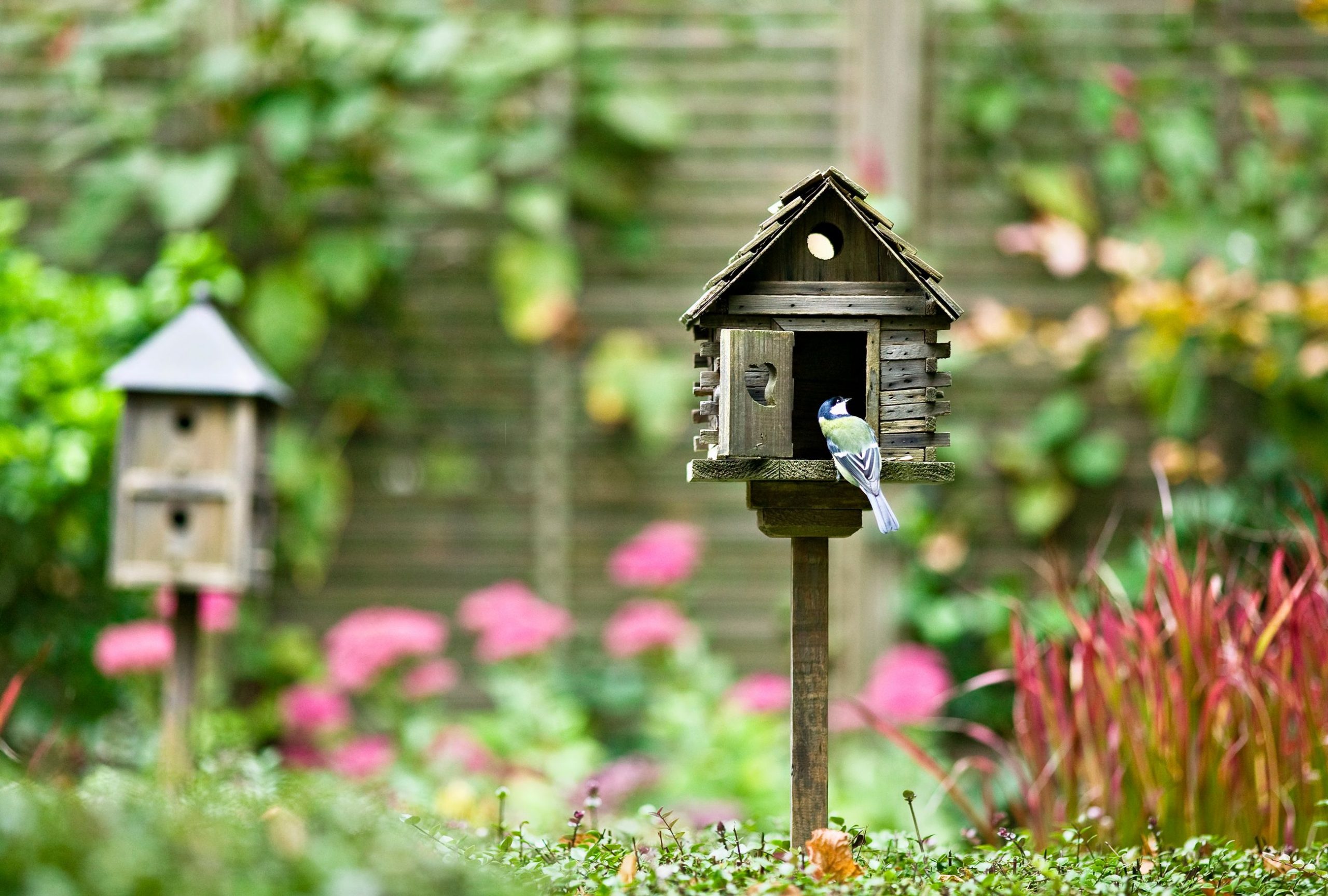If you love nature, insects and wildlife, you might be wondering how to attract them to your garden. perhaps your not a fan of creepy crawlies, but you love butterflies, dragon flies and buzzy bees. One of the basic tenets of wildlife attraction is diversity. When planning your garden, you should choose as many plants as possible, and you should try to mix and match them in different ways. A good mix should include different heights, textures, and bloom times. You can also intersperse wildlife-friendly trees with native plants.
Another easy way to attract wildlife is to provide a variety of food. Placing bird feeders in different parts of your garden is a great way to attract birds. You can also provide nesting boxes, so that you can watch your bird chicks as they grow. Also, you can add insect habitats like bug hotels or piles of organic material. This will attract all sorts of insects, from frogs and dragonflies to birds.
You can also do a bird survey to find out what type of plants attract birds. You can find out what kind of birds live in your area by contacting organizations like Birdlife Australia. Once you know which birds are most common in your neighbourhood, you can plan the rest of your garden accordingly. You can also research native plants in your area by contacting local council offices, plant nurseries, and environmental groups. While the aforementioned tips may sound simple, you should not forget to observe wildlife and birds in your garden and learn about their needs.

Plants that cater to local wildlife are best. Plants that grow in your region can attract species local to your area, including monarch butterflies. Insects and bees can also be attracted to these flowers. Woody plants produce fruit and nuts, which provide a food source for these animals. And for butterflies, there is nothing better than milkweed! If you want to attract birds, try to choose species with flowers that are native to your region.
Water is another essential part of wildlife habitat. For instance, you can attract birds and other animals to your garden with a simple birdbath. Whether you prefer a raised birdbath or a shallow bowl at ground level, water is important for wildlife. Butterflies can also drink from a shallow depression in decorative rock. This is especially convenient if you water your garden often. If you’re worried about rats, you can try a compost heap.
If you’d like to attract a wide variety of wildlife to your garden, consider planting trees. They offer shelter, food, and pollen. Plants such as holly and hawthorn provide food and shelter. In addition to trees, shrubs and hedges also serve as food and shelter for wildlife. The best type of hedges are those with a mix of evergreens and deciduous plants. You can also plant rambling plants for more wildlife appeal.
While gardening is important to us humans, we must remember that plants also play an important role in the life cycle of animals. When planning your garden, keep in mind that plants are essential in a garden, attracting various kinds of creatures. In addition, plants are the main components that make up a habitat for wildlife, so they should be carefully chosen. It is also important to keep a compost pile away from the house and outdoor entertainment areas.



